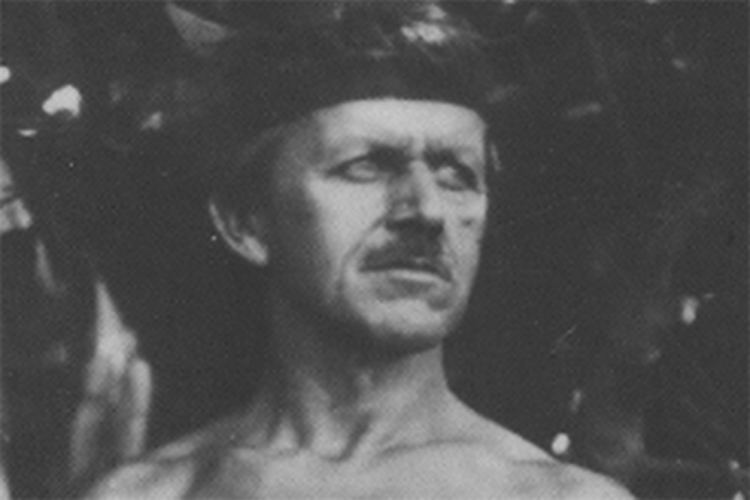 | ||
Books The Apinaye ́, The Šerente People also search for Robert Lowie, Thekla Hartmann, Marco Antonio Gonçalves, Per Stenborg | ||
Curt Unckel, also known as Curt Nimuendajú (18 April 1883 – 10 December 1945), was a German-Brazilian ethnologist, anthropologist and writer. His works are fundamental for the understanding of the religion and cosmology of some native Brazilian Indians, especially the Guarani people. He received the surname "Nimuendajú" from the Apapocuva ramification of the Guarani people, meaning 'the one who made himself a home,' one year after living among them. Upon taking Brazilian citizenship in 1922, he officially added the Nimuendajú as one of his surnames. On his obituary, his Brazilian-German colleague Herbert Baldus called him 'perhaps the greatest Indianista of all time.’
Contents

Life and work
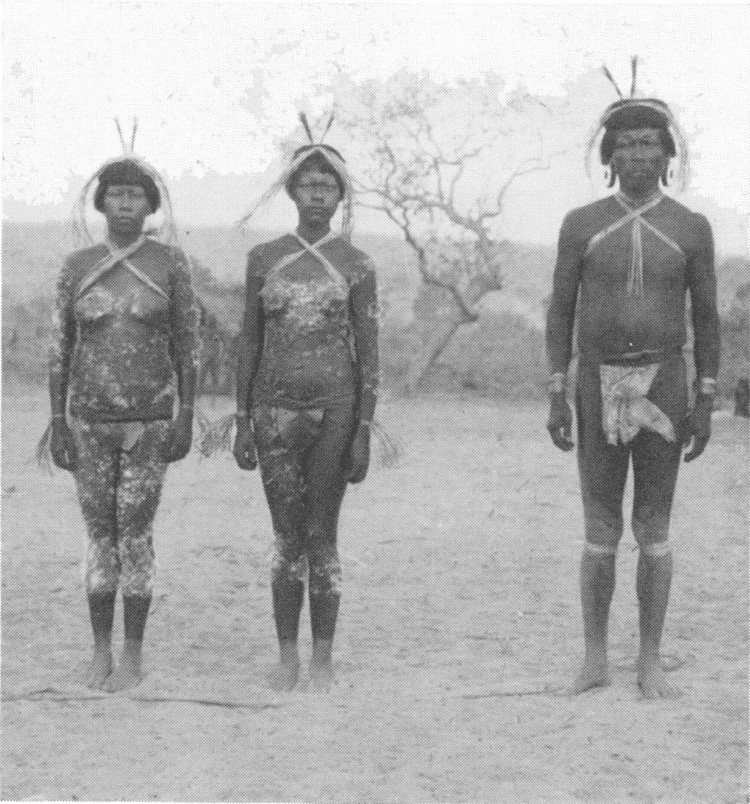
Nimuendajú was born in Wagnergasse 31, Jena, Germany in 1883 and he lost (one or both of his) parents in his childhood. From an early age, he dreamed of living among a 'primitive people'. Still in school, together with other students they organized an 'Indian gang' to go hunting in the woods outside the city. Lacking the financial means to attend a university, he worked in a camera factory run by Carl Zeiss. Meanwhile, he studied maps and the ethnographic studies of the Indian populations of North and South America in his free time. At the age of 20, he emigrated to Brazil in 1903. His half-sister, who was a school teacher, paid for the travel expenses to South America.
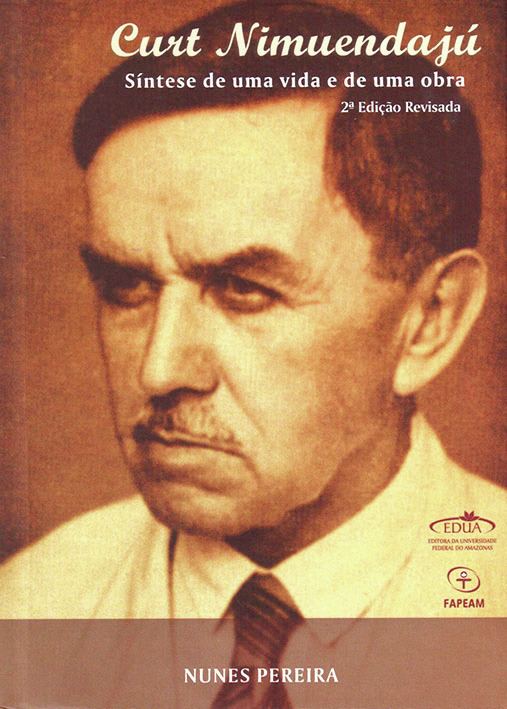
Two years after his arrival in Brazil, he contacted some Guaraní people in the State of São Paulo. Although there were many publications on the Guarani since the 17th century, their religious behavior such as rituals was poorly described. Nimuendajú familiarized himself thoroughly with the existing literature. He published “Nimongarai”,(1910) in the German São Paulo newspaper “Deutsche Zeitung”. In 1913, he moved to Belém. In 1914, his groundbreaking publication on the mythology and religion of the Guarani Apapokúva was accepted by the Zeitschrift für Ethnologie. He became a specialist on various Indigenous peoples, particularly on the Gê, as well as Apapocuva-Guaraní, Tukúna, Kaingang, Apinaye, Xerente, Wanano and Canela. His publications laid, in the words of one recent writer:
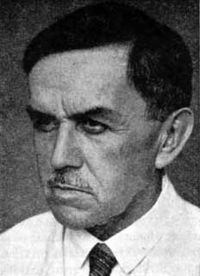
'the indispensable groundwork from which dozens of doctoral dissertations and books have been elaborated by Brazilian and American anthropologists.'

One of the effects of his work was to shift interest from the tribes living along the coast or in large towns, to the tribes hidden in the interior, and to arouse the interests of anthropologists like the young Claude Lévi-Strauss, in communities that, though living in poverty, had managed to develop societies of considerable complexity, and religious cosmologies of great complexity. Over the span of 40 years of fieldwork, much of it self-financed, he published about 60 articles, monographs, and vocabulary lists of indigenous languages.
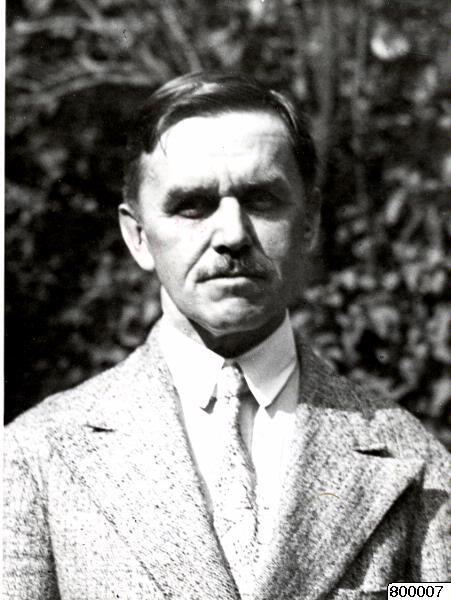
Between 1929 and 1936 he spent 14 months with the Canela Indians, a Gê-speaking people on the northeastern edge of the central plateau of Brazil, and his monograph on them, translated and annotated by Robert Lowie, was published posthumously in 1946. His work on the Apinaye drew attention because it had many features that made it anomalous to the genre structure of the Gê societies to which it belonged in classification. This Apinaye anomaly was one that, while sharing the marked dualism of other related tribal societies, maintained a prescriptive marriage system, with sons incorporated into their father's group and daughters into their mothers' group, that did not fit the Crow-Omaha pattern that he, and Lowie had observed in the Gê tribal system generally.
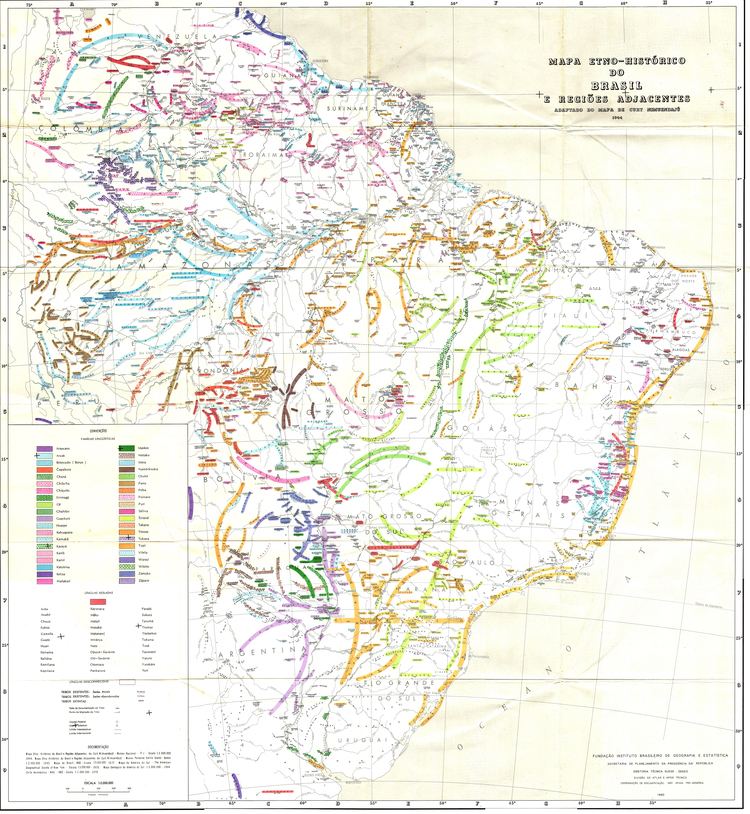
Despite failing health and warnings from his doctors, he set forth on what was to prove to be his last ethnographic survey in 1945 and died on the 10th of December, among the Tukúna people, by the Solimões river, near São Paulo de Olivença, Amazonas state.
